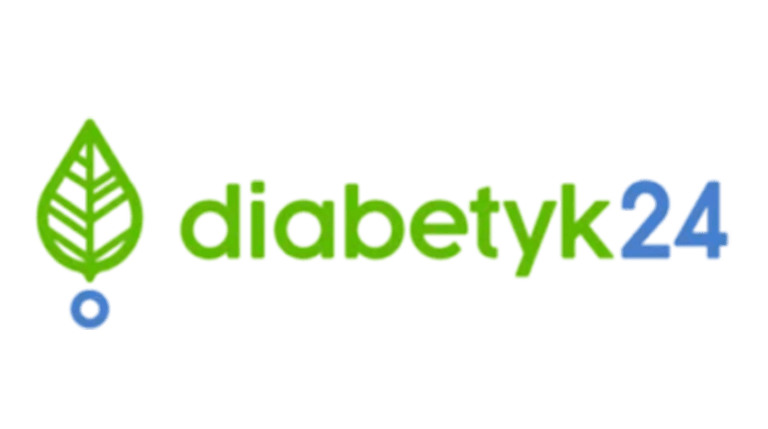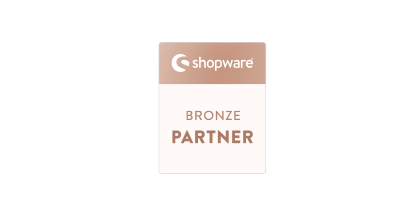With data breaches becoming more common, it’s essential to protect both user data and privacy. That’s why securing custom web applications is crucial. Let’s dive into some practical strategies for making your web applications secure.
Why does privacy in custom web applications matter?
Web applications are often targets for cyber attacks. Hackers aim to steal sensitive information like personal data, financial details, and login credentials. Without proper security measures, your web application can become an easy target.
Secure web applications not only protect data but also build user trust and ensure compliance with regulations.
Key strategies for securing web applications
1. Data encryption
What is data encryption? Data encryption converts information into a code to prevent unauthorized access. This means even if someone intercepts the data, they can’t read it without the encryption key.
How to implement data encryption:
- Use HTTPS: Ensure your web application uses HTTPS instead of HTTP. HTTPS encrypts data between the user’s browser and your server, protecting it from interception.
- Encrypt Sensitive Data: Encrypt sensitive data stored in your database. Use strong encryption algorithms like AES (Advanced Encryption Standard).
2. Access controls
What are access controls? Access controls restrict who can view or use resources in your web application. This helps prevent unauthorized access and data breaches.
How to Implement access controls:
- Role-based access control (RBAC): Assign permissions based on user roles. For example, an admin can access everything, while a regular user has limited access.
- Least privilege principle: Give users the minimum level of access they need to perform their tasks. This reduces the risk of accidental or intentional data exposure.
3. Secure authentication
What is secure authentication? Secure authentication verifies that users are who they claim to be before granting access. This prevents unauthorized users from accessing your application.
How to implement secure authentication:
- Strong password policies: Require strong passwords that are hard to guess. Encourage or enforce the use of numbers, symbols, and both uppercase and lowercase letters.
- Two-factor authentication (2FA): Add an extra layer of security by requiring a second form of verification, such as a code sent to the user’s phone.
4. Regular security assessments
What are regular security assessments? Regular security assessments involve reviewing and testing your web application to identify and fix security vulnerabilities.
How to implement regular security assessments:
- Penetration testing: Hire security experts to simulate attacks on your web application. This helps identify vulnerabilities that hackers could exploit.
- Code reviews: Regularly review your code for security issues. Automated tools can help identify common vulnerabilities like SQL injection and Cross-Site Scripting (XSS).
- Security audits: Conduct thorough audits of your security practices and policies. Ensure they are up-to-date and effective.
Practical tips for enhancing security and privacy in custom web applications
- Update software regularly
Keep your web application and all related software up-to-date. Security patches are often released to fix vulnerabilities. - Use secure coding practices
Follow secure coding guidelines to prevent common vulnerabilities. This includes validating input, using parameterized queries, and avoiding hardcoded credentials. - Monitor and log activities
Keep logs of user activities and system events. Monitoring these logs can help detect suspicious behavior early. - Educate your team
Ensure your development team understands the importance of security. Provide training on best practices and keep them informed about the latest threats.
Stay ahead of threats
Securing custom web applications is an ongoing process. By implementing strategies like data encryption, access controls, secure authentication, and regular security assessments, you can protect your users’ data and build a trustworthy application. Stay proactive and keep security at the forefront of your development process.
GET IN TOUCH
Looking to build a secure custom web application?
We specialize in creating robust, secure applications that protect your data and user privacy.
FAQs
What is the difference between HTTP and HTTPS?
HTTP is the basic protocol for transferring data on the web, while HTTPS is the secure version that encrypts the data to protect it from interception.
Why is two-factor authentication important?
Two-factor authentication adds an extra layer of security by requiring a second form of verification, making it harder for unauthorized users to gain access.
How often should I conduct security assessments?
Regular security assessments should be conducted at least annually, but more frequent assessments are recommended, especially after major updates or changes.
What are some common vulnerabilities to look out for?
Common vulnerabilities include SQL injection, cross-site scripting (XSS), and cross-site request forgery (CSRF). Regular code reviews and security testing can help identify and fix these issues.
How can I ensure my team follows secure coding practices?
Provide regular training on secure coding guidelines, conduct code reviews, and use automated tools to check for vulnerabilities.























